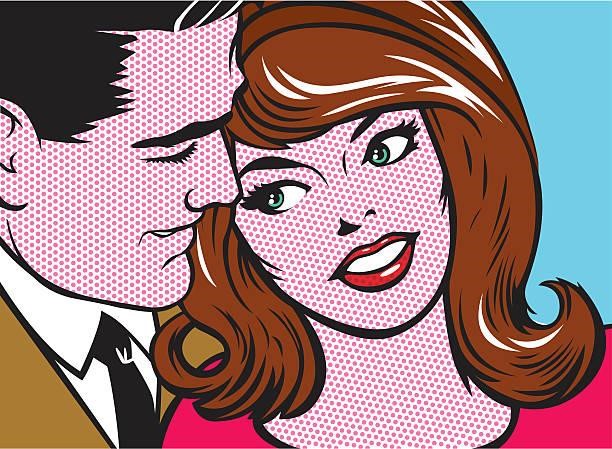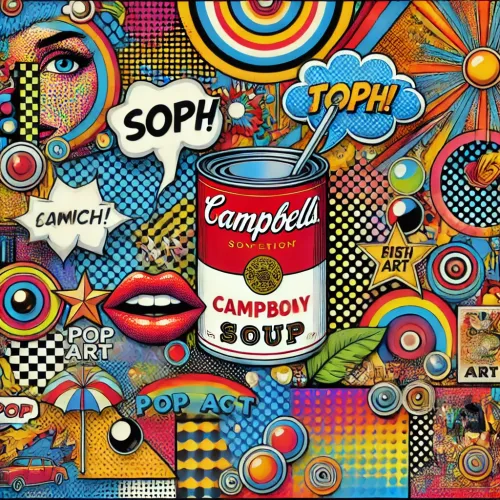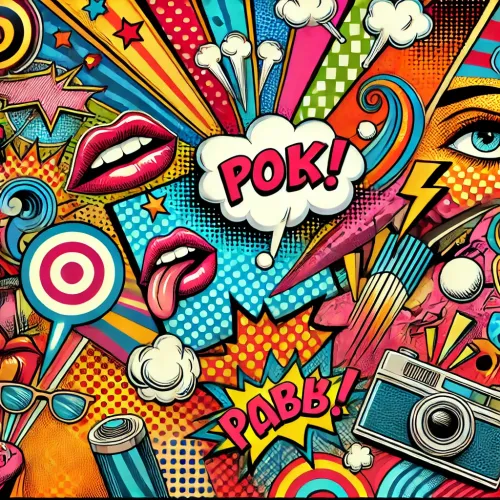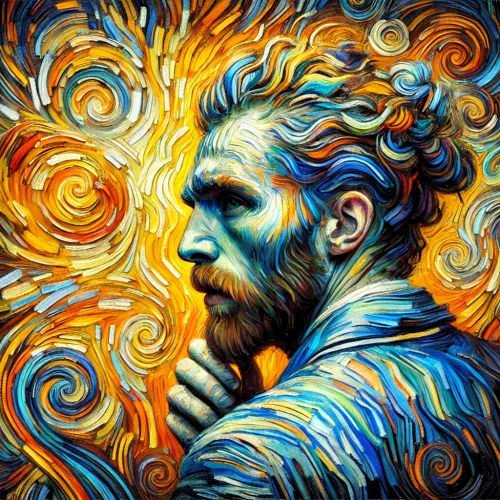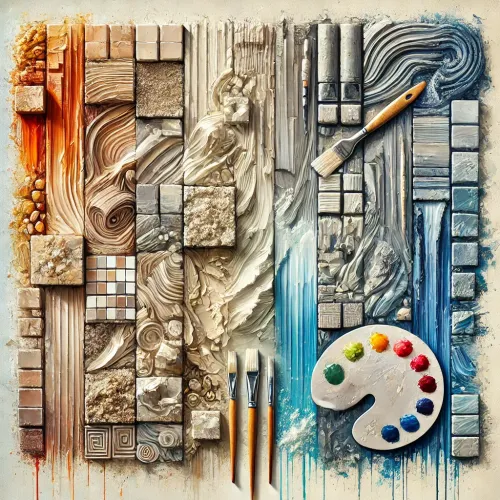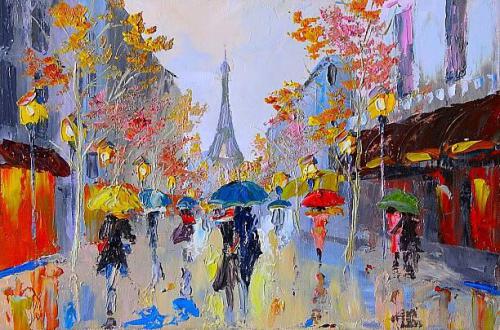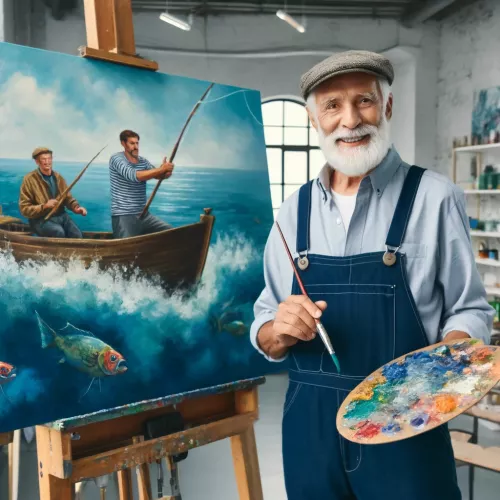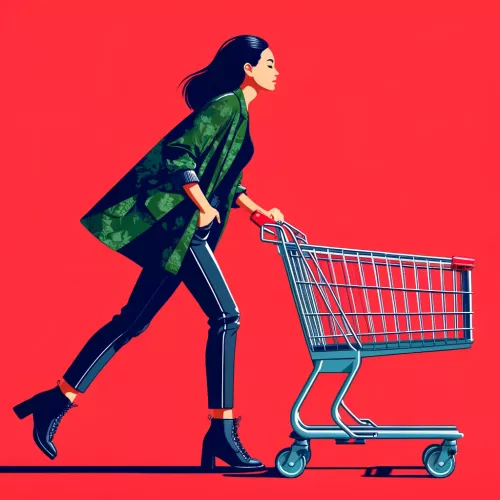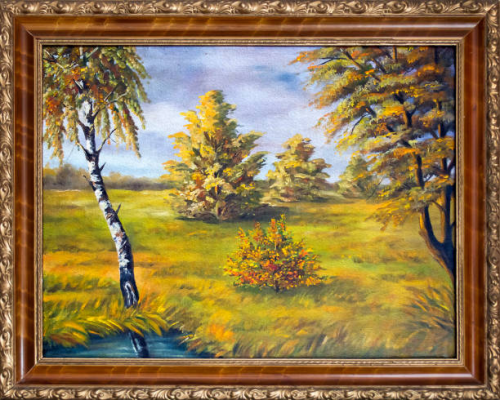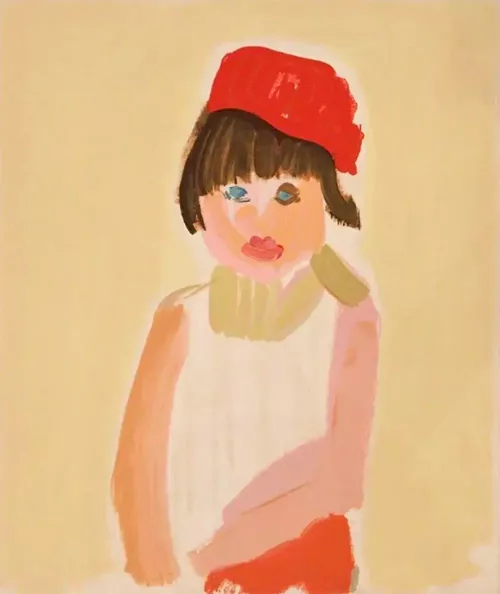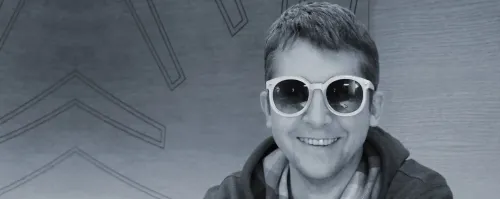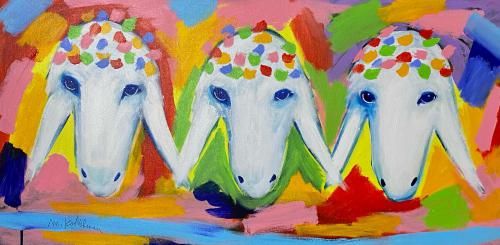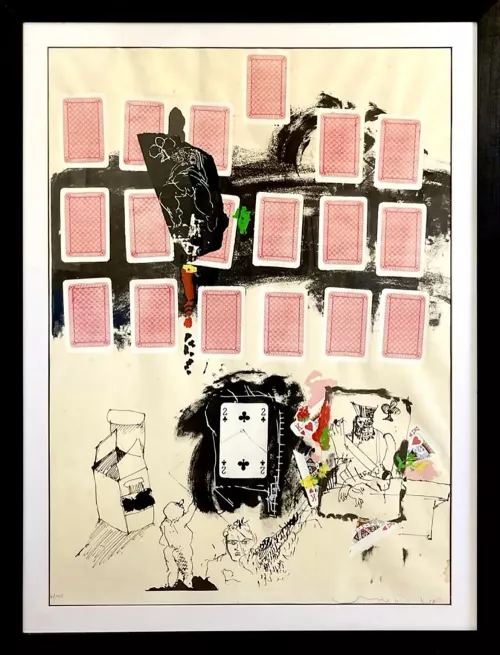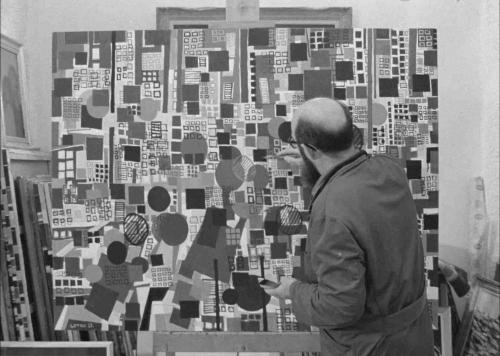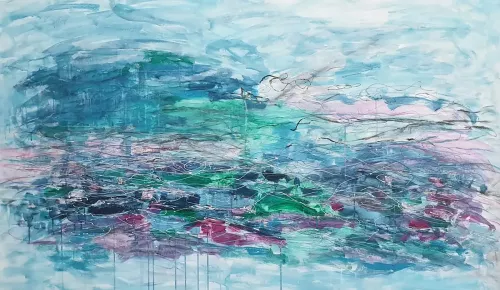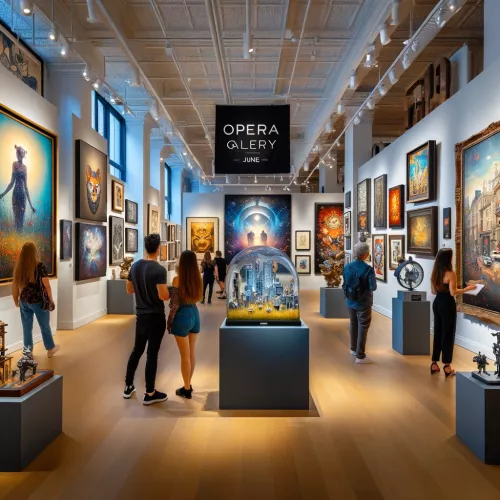The Devil Influence on Pop Art Paintings
Devil in the Details: The Evolution of Satanic Imagery from Medieval Art to Modern Pop Art
Devil in the Details: The Evolution of Satanic Imagery from Medieval Art to Modern Pop Art
Tracing the Origins of the Devil in Art
The devil's disruptive character has intrigued artists for ages through chaotic allegories teaching moral lessons. The ominous, hybrid creature coercing humans into vile bargains for the soul featured across medieval churches and prints cautioning the faithful of eternal damnation if virtuous behavior wavered. Fantastical beastly depictions aimed at driving fearful believers towards piety by visualizing lurking temptation and ruin.
Later literary imaginings build on religious archetypes. From John Milton's Paradise Lost to Goethe's Mephistopheles from Faust, the conniving devil transmuted into a cunning antihero challenging genteel sensibilities, authority and social hypocrisy in thought-provoking ways, laying foundations for playful pop art reinventions mocking decorum centuries later.
Pop Art's Emergence and the Devil's Entry
As post-war America steered towards mass consumerism and hollow materialism in the 1960s, pop artists inverted cultural symbols like celebrities, brands and comics using garish colors, sly humor and larger-than-life scales. Mimicking advertising and media bombardment of disposable products promising empty gratification, pop art turned mirrors onto society's fleeting obsessions.
Conceptual and formal references to the devil found renewed resonance here given shared rebellious winking at social norms. Just as Satan poked holes in assumed piety by unmasking moral hypocrisies, pop art called out similar hollowness plaguing modern ideals and commercial imagery flooding everyday lives then. Playful irreverence bound both cultural disruptors.
Iconic Pop Art Paintings with Satanic Elements
Several pioneering pop masterworks incorporated devilish themes for social commentary:
Warhol's Ten Lizes print series morphed Liz Taylor into a seductive, enticing devil. His later wallpaper designs too fused Taylor with a sinister antagonist, emphasizing the problem of star worship.
Wesselmann created still-life tableaus combining classic nudes with modern advertisement images symbolizing material temptations like The Bedroom - an updated play on biblical Eve's Apple altering contemporary realities.
UK art collective The ICA put up posters of Che Guevara fused with diabolical horns and sinister flames highlighting the dangers of extremist heroic worship too.
Such strategic demonic references punctured empty promises pervading then-current culturescapes.
The Message Behind the Mischief: Interpretations
While religious portrayals aimed to spiritually caution people against sin, pop art devil motifs rather draw out societal complexities under mass-produced utopias. Contrasting high-contrast colors and celebrity mashups create eye-catching discomfort, awakening detached audiences from unquestioning consumption patterns.
Evoking symbolic sinister figures helped pop artists project internal anxieties plaguing contemporary culture allowing cathartic release. Though playful, the disruptive demon alarms against idolizing false ideals in similar ways across ages seeking reform. Its dramatic resurgence in pop art offered contextual social exorcisms.
Modern Pop Art Drawings and the Continuation
In our current era of exponential commercialization and technological advancements, the issue of social disconnection remains a prevalent concern. Contemporary pop-comic ink drawings have emerged as a medium to address this, often depicting modified fairytales and futuristic dystopias that incorporate enigmatic mythic entities influencing worlds through unseen forces, serving as a critical commentary on societal issues. These artworks delve into altered narratives, offering a glimpse into ominous mythic beings that wield unseen powers, and providing insightful reflections on the evolving contemporary landscape.
The prevalence of graphic novels has facilitated deeper explorations within the realm that was initially laid out by the early beginnings of pop art. These narratives, with their fantastical embodiments of evil, continue to serve as vehicles that shed light on the collective subconscious and ethical dilemmas faced within rapidly evolving societies. While artistic styles have evolved, the symbolic intent behind these creations persists, reminding audiences of the imperative role art plays in fostering cultural awakening. Through visually compelling storytelling, pop art continues to masterfully convey messages of integrity and provoke contemplation, creating a bridge between past and present, while urging viewers to reflect on the societal ethos of our times.




























































































































































































































































